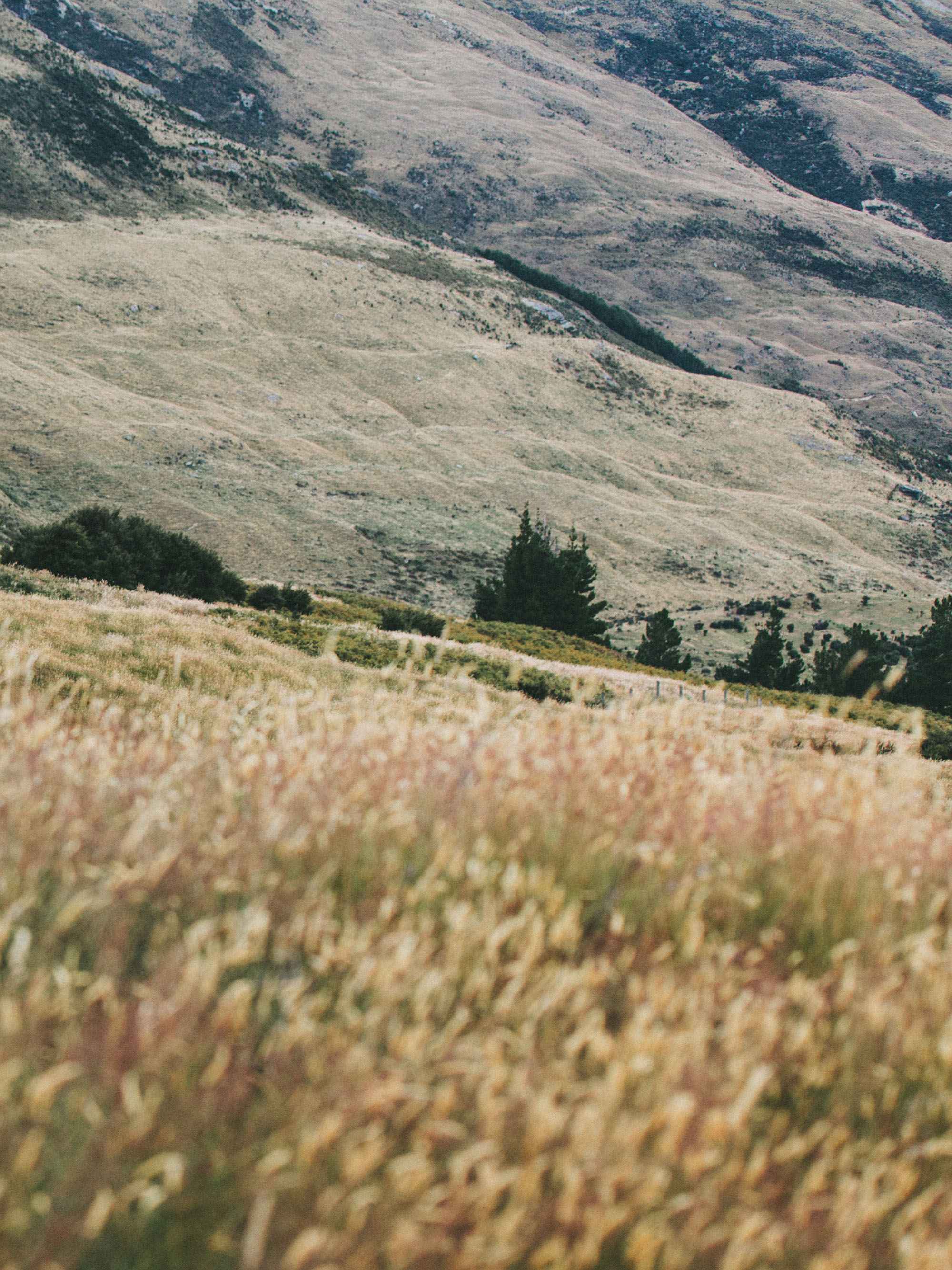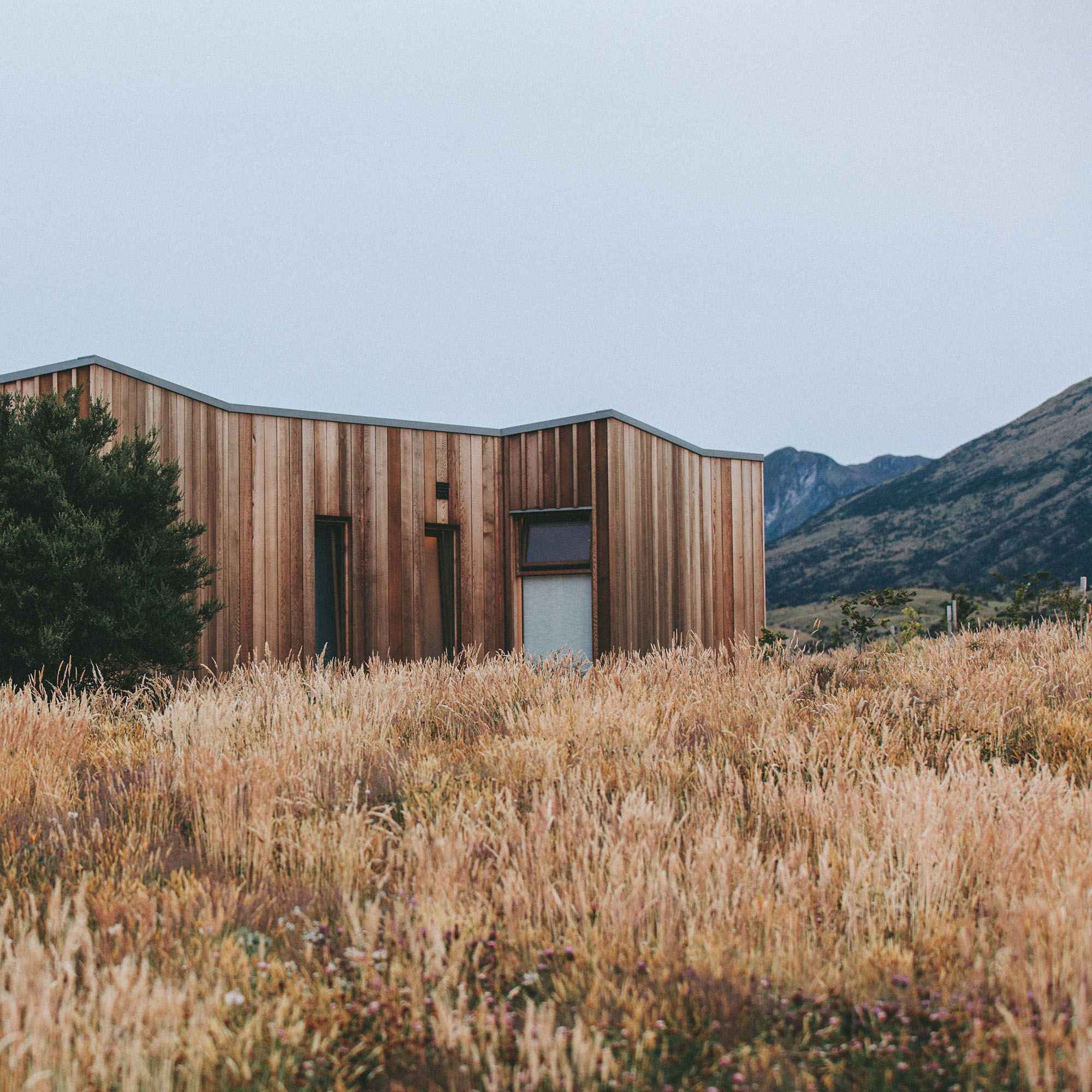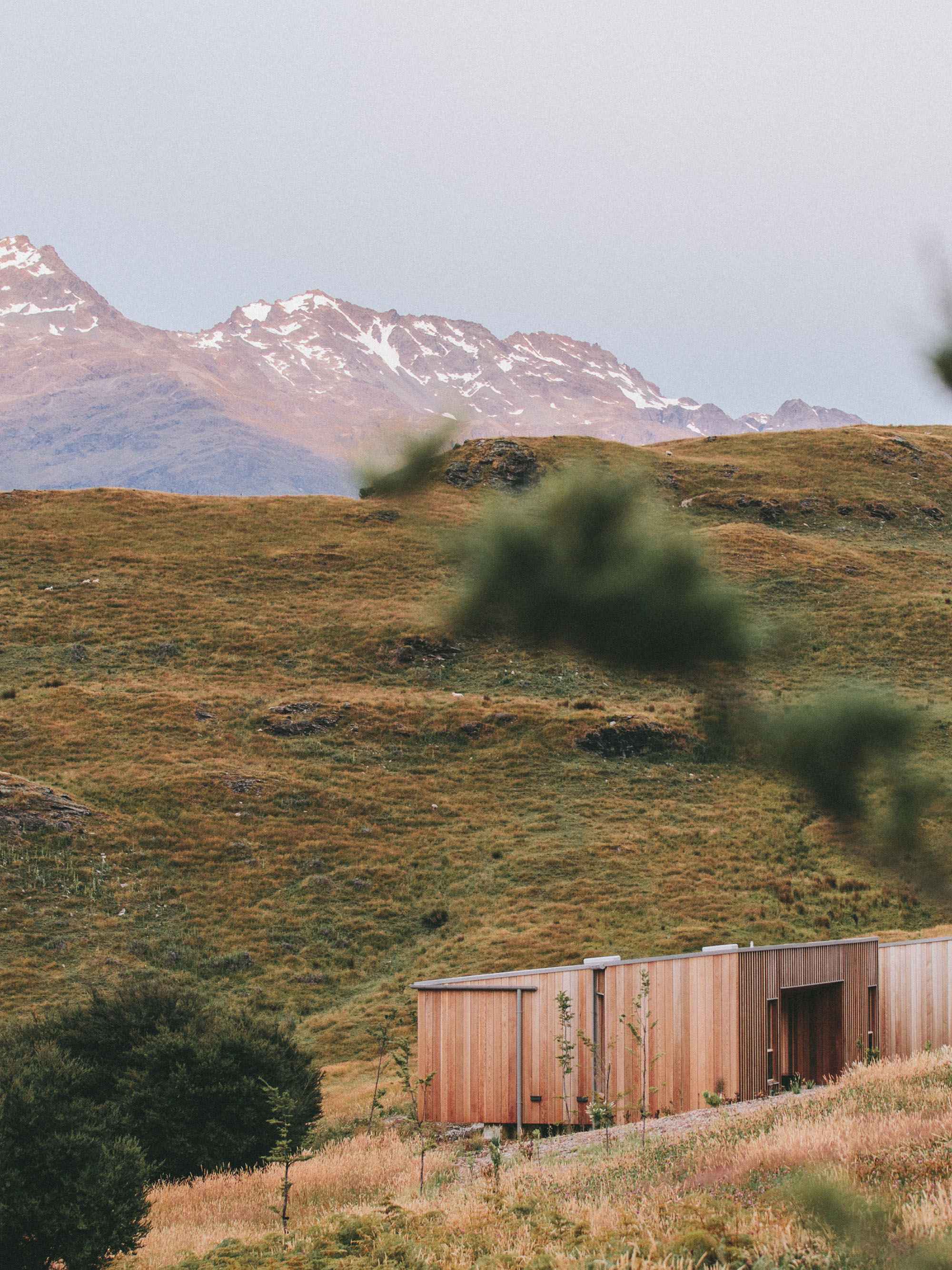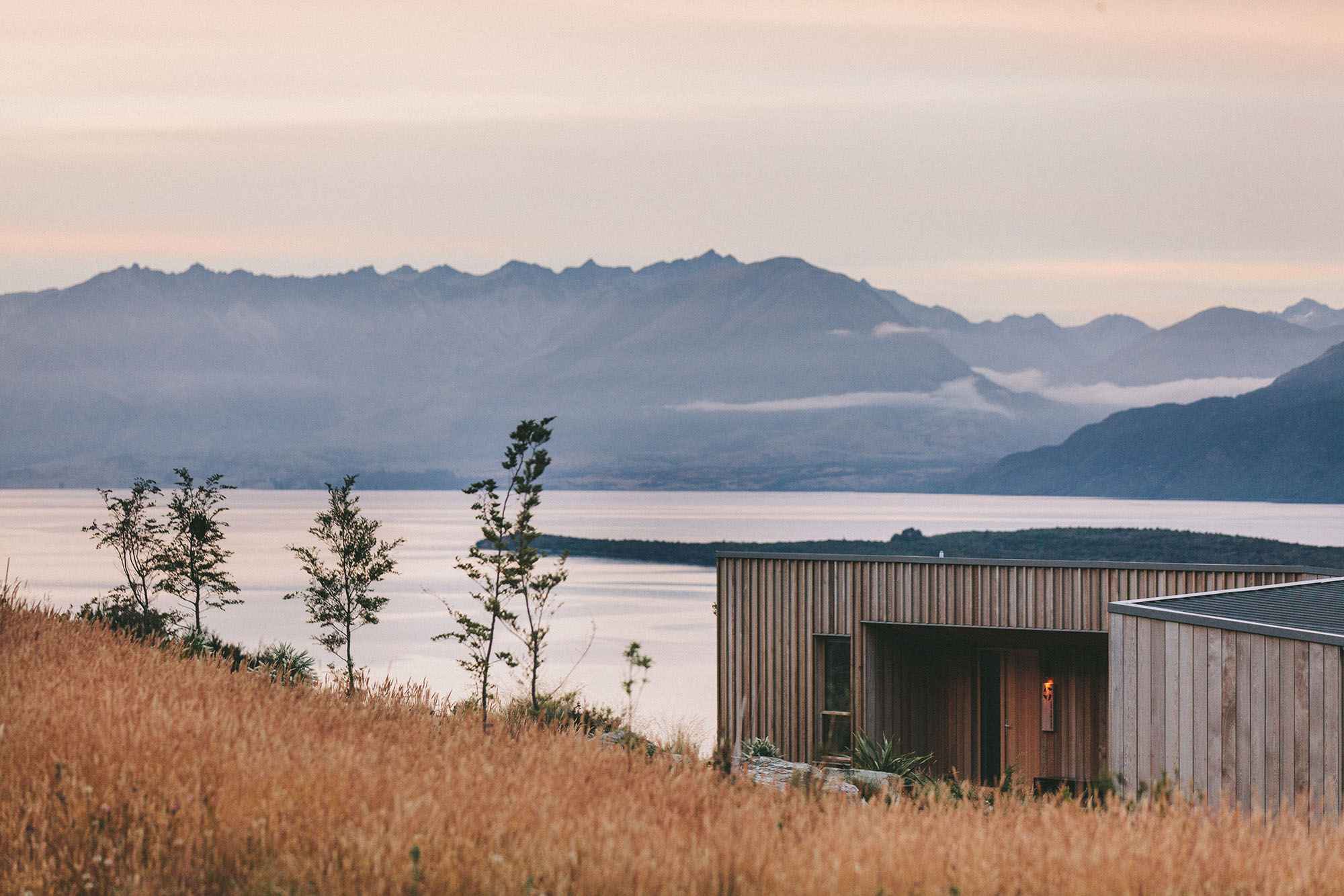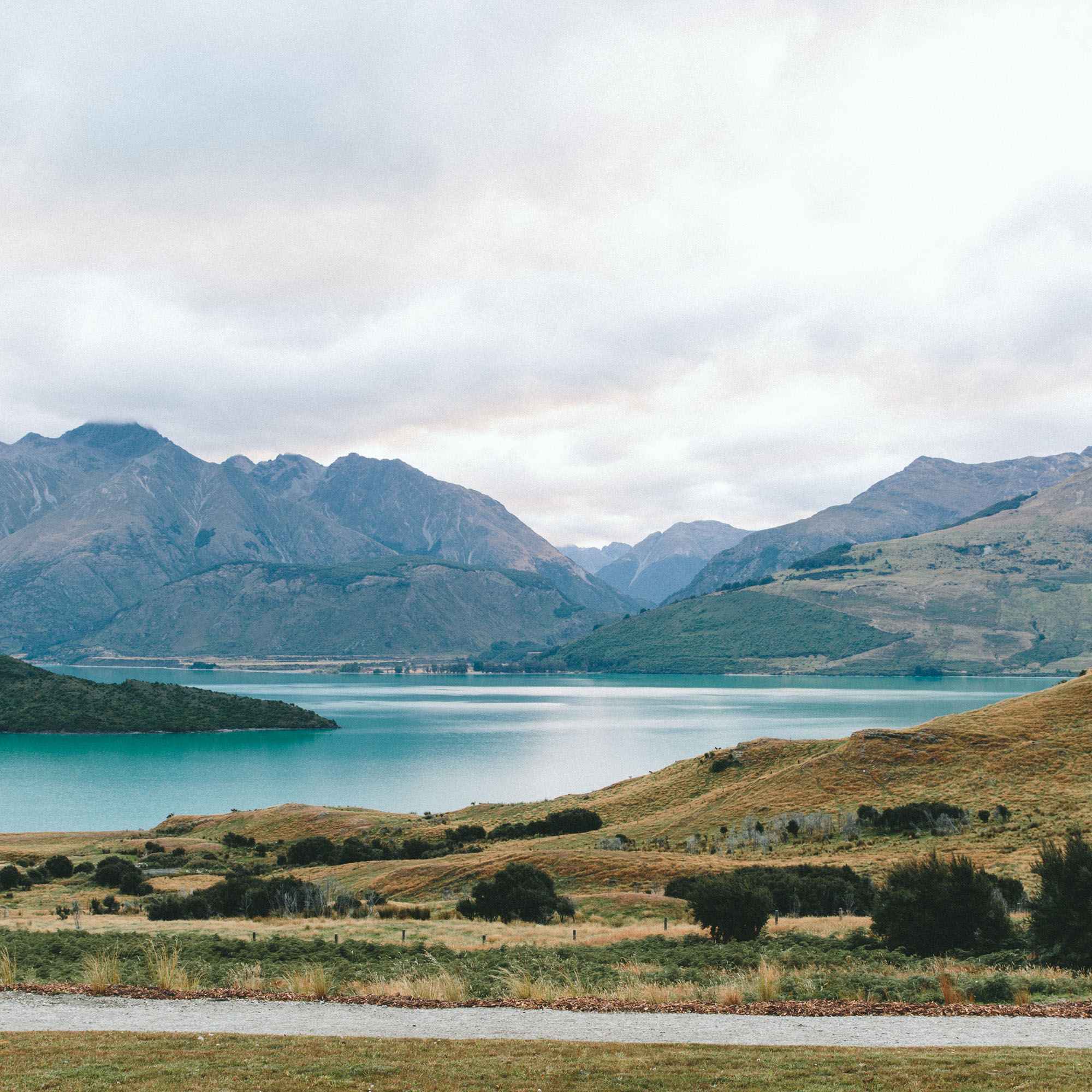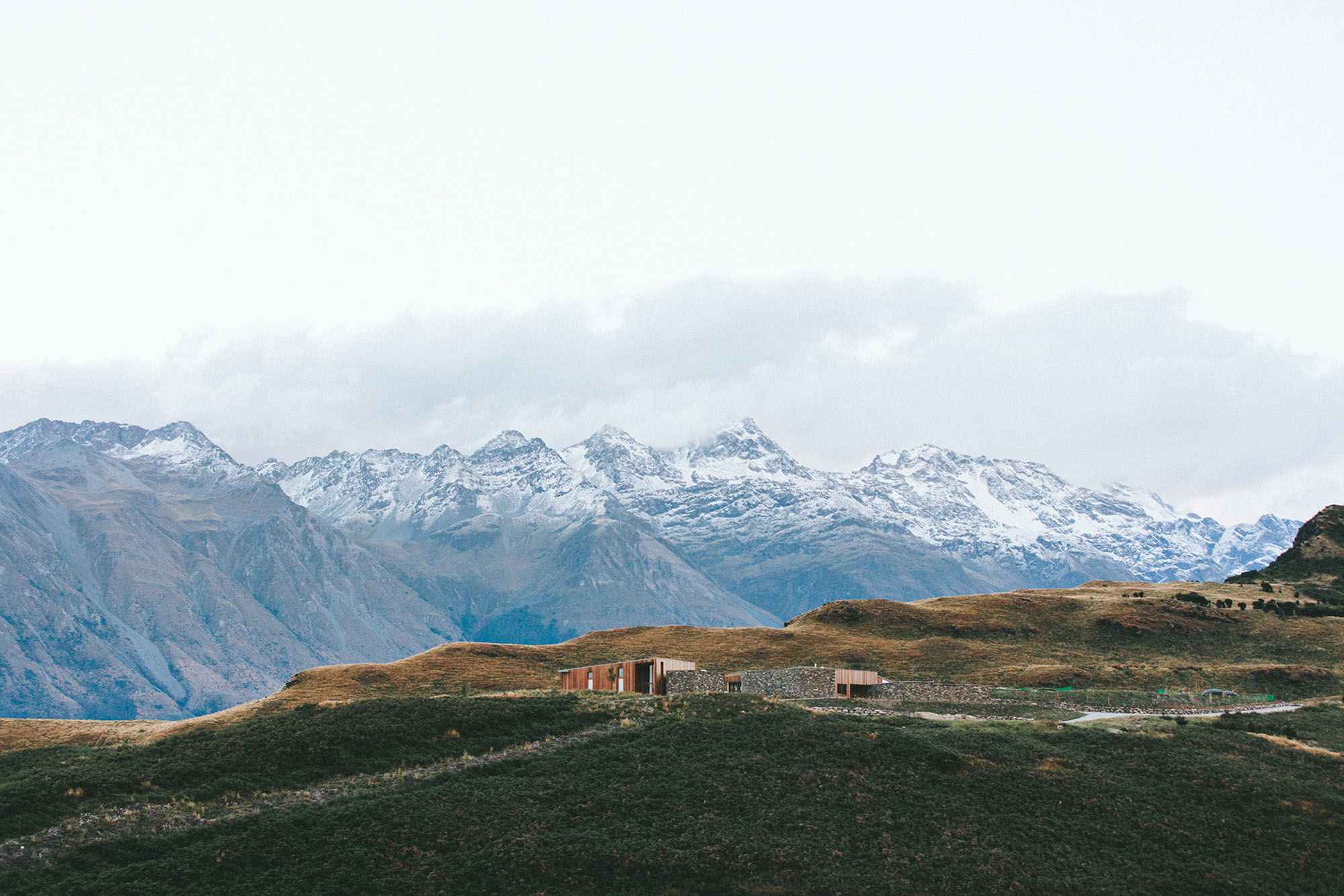Your Custom Text Here
11/6 Temple of the Chan/Zen's Second Patriarch
See the lion behind the temple?
The temple Erzusi二祖寺, named after Master Erzu (Er=2 and Zu=Patriarch), also known as Master Huike, is located in Sikongshan, the mountain known as the origin of Zen in China. Master Master Erzu, who lived from 487-593 AD, went way up in the mountains to build this temple due to wars and turmoil. To show his sincerity that he wanted to become Bodhidharma’s student, Master Huike cut off his left arm.






Sikongshan, Dianqian, Yuexi, Anhui, China
11/5 Mt. Jiuhua - Sacred Mountain Dedicated to Ksitigarbha / DiZang Pusa
JiuhuaShan (Mt. Jiuhua) is one of four sacred mountains in China. dedicated to Ksitigarbha or Dizhang Pusa. While there already were Buddhist temples and Indian priests leading the temples by around 400AD, at 757AD there was a zen master, formally a Silla prince named Kim Gyo-gak, practicing in a small mountain cave eating small amount of rice and mud.
After the locals discovered this zen/chan master, within a short period of time the people built a temple and invited the master to teach. He stayed at this mountain and taught for 75 years till age of 99. After his death, his corporeal body remained intact and was on display until circumstance deemed it necessary to hide his body, during the Tang Dynasty (1000+ years ago). By Ming Dynasty (300-700 years ago) they built a temple over the location of where the body is hidden. People believed that he is the reincarnate of Dìzàng Pusa, (Japanese: Jizo, Sanskrit Ksitigarbha)




We went up a cable car and up the steps we climbed and climbed.










At this time there are approximately 99 temples on this mountain, but historically there were up to 300. TienTaiSi (天台 Temple) is our first destination. It was built next to the cave where Dizang Bodhisattva practiced.
Lots of steps to reach the temple. Some people prayed as they went up the steps...









We've arrived at the cave where Dizang Pusa meditated.


After leaving the mountain peak we went to the temple where his body is enshrined, RouShenSi.





The next temple we visited on Mt Jiuhua was Hauchengsi (化城寺). It was a leading temples in Mt.Jiuhua and Dizang Pusa is said to have lived here. At its peak in Qing Dynasty (100-300 years ago), there were three to four thousand monks living there. This temple also houses a library including Buddhist texts from India.





Due to the Cultural Revolution, the majority of the temple had to be rebuilt. This is a recurring theme as I visited many of the ancient Chinese temples, which is very similar to my prior visit to see ancient Korean temples. There nearly all the ancient temples I visited were destroyed in 1592 when the Japanese invaded Korea on their attempt to invade Ming Dynasty China.
11/4 Temple with Buddha’s Relic




QiXiaSi (栖霞寺) was first built in 489 and known to be one of the four most famous temples in China. It features the Buddha's Relics Pagoda in the southeast of Qixia Temple and houses a large collection of Chinese Buddhist art.
The pagoda containing Budddha’s relics is the original from the Sui dynasty contains Buddha’s relics. Some of the damages to the pagoda are due to natural wear while others are due to cultural revolution.
The Amitaba statue pictured, made during the Ming dynasty, was stolen by the Japanese during their invasion. Then it was purchased back and returned back to this temple. Would it have survived the Cultural Revolution?




This temple also houses a Buddhist divinity school but has less than a hundred students. A resident monastic feels that this is due to the one child policy in China, but recently changed to two.
Longchangsi, Baohuashan, Jurong, Jiangsu, China
11/3 Temple of childhood fables & Grand Prayer - JinShangSi
JinShanSi, 金山寺, was built over 1600 years ago. It was incorporated into an ageless Chinese fable, Legends of the White Snake some times ago.




A White Snake spirit benefited greatly through an accidental and innocent act of a boy called Xu. Eighteen years later while in her human guise, fate brings them together and they fell in love, married and had a son. A jealous Turtle spirit witnessed and plotted his sabotage. While in human guise this Turtle spirit impersonated a JinShanSi Buddhist monk, revealed the true nature of the White Snake to her husband Xu and then eventually imprisoned her in a pagoda in JinShanSi. But love and perseverance prevailed, White Snake was freed and reunited with her family; the Turtle spirit fled.




But more importantly, 1500 years ago Emperor Wu Di of Liang (considered by some as the Ashoka of China) helped to establish an annual prayer that is called The Grand Prayer (and many variant names like Liberation of Rite of Water and Land), which is practiced today and it all started at JinShanSi. This prayer is considered as one of the greatest and most powerful and its goal is to invite sentient beings to help other sentient beings less fortunate, from across the realms.
No.62 Jinshan Rd, Runzhou, Zhenjiang, Jiangsu, China


















